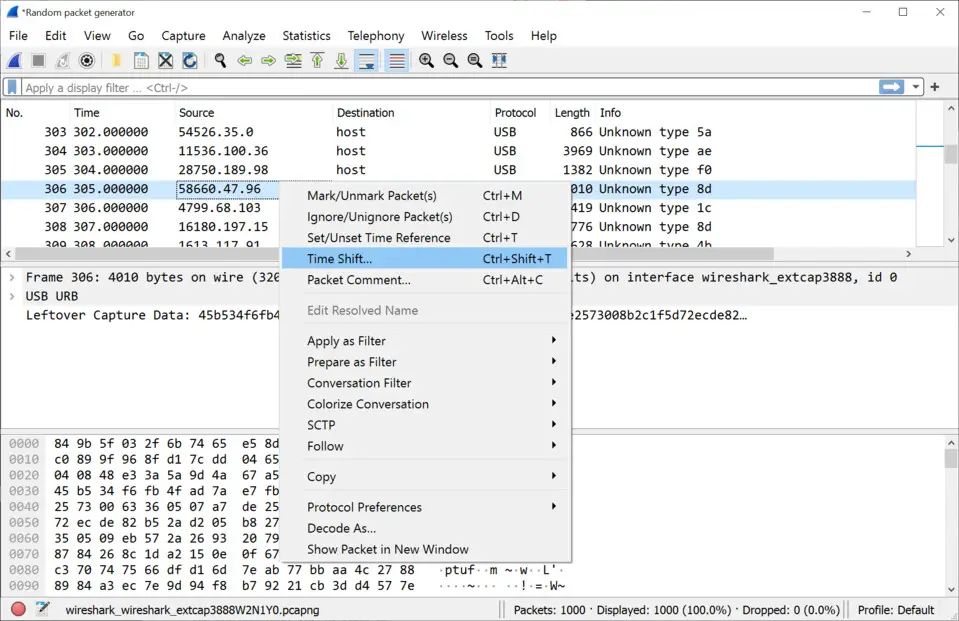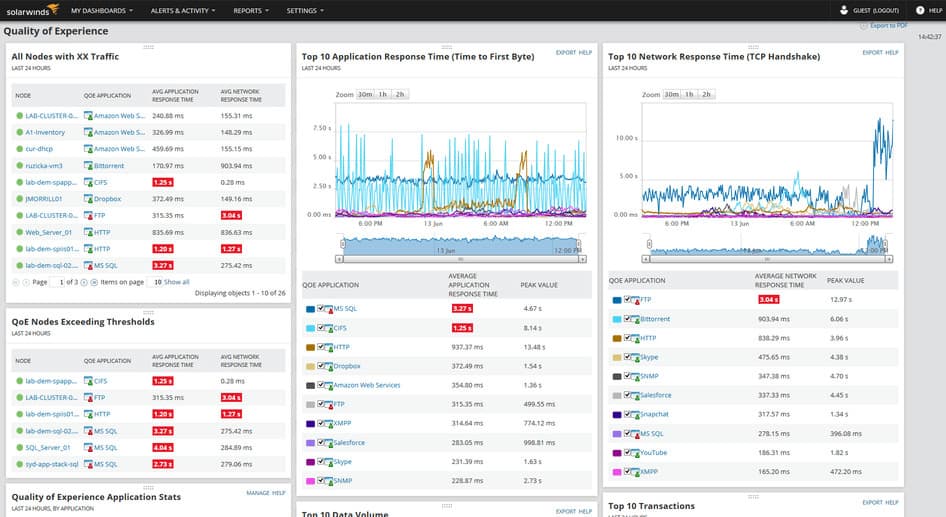
- #Wireshark tools shortcut how to#
- #Wireshark tools shortcut for mac#
- #Wireshark tools shortcut Offline#
#Wireshark tools shortcut how to#
This section describes how to capture packets at Point A, which is the client exit. Packet capture for mobile devicesĪs shown in the figure at the top of the topic, TCP packet capture for the client can be performed in: We recommend that you confirm the currently supported parameter types and usage methods through the man tcpdump command.Ĭommon commands are as follows: // Grab the complete message and write the error to the fileĬlick here to see more commands. TCPDUMP supports different parameters in different environments.

TCPDUMP is convenient to capture packets directly on the client or server. Although the ease of use is slightly worse than Wireshark, the benefit is that TCPDUMP can run on more platforms and environments. TCPDUMP is a compact analysis tool for packet capture through the command line.
#Wireshark tools shortcut Offline#
To stop capturing packets, click the red Stop button on the menu bar or use the keyboard shortcuts CMD+E.įor offline analysis, click the Save button or use the keyboard shortcuts CMD+S. On the main interface of Wireshark, you can see the network interface of the local host: Take the local host as an example, double-click Wi-Fi: en0 interface and start to capture the packets passing through the network card interface. Note that the interface versions of Mac and Windows are slightly different. Start Wireshark after installation, and the main interface is as follows. Wiresharkĭownload the installation package on the ( ). This topic describes how to use Wireshark and TCPDUMP. Common network-layer problems include SSL handshake failure, TCP link interruption, and retransmission.

#Wireshark tools shortcut for mac#
Wireshark for Mac and Windows, Network Monitor for Windows, and TCPDUMP are common tools that you can use to capture packets at the network layer. To analyze problems that occur at the TCP/IP layer, you must use the tool for capturing and analyzing TCP packets.

Generally, the packets can be captured on different devices, such as the client (A), the intermediate device (B), or the server (C), as shown in the following figure.Ĭharles and Fiddler can help capture and analyze problems that occur at the HTTP layer. In detail, the network interface controller (NIC) port is monitored to capture images of TCP packets. Unlike packets that are captured by using the intermediate proxy in Charles or Fiddler, TCP packets are captured in non-intrusive mode. Such symptoms include connection interruption, TLS handshake failure, DNS resolution failure, and other errors. You can capture network packet data to analyze various symptoms caused by network problems. Various network problems cause confusing behaviors and symptoms to mobile applications. Alibaba Cloud does not make any guarantee, express or implied, with respect to the performance and reliability of third-party products and potential impacts of operations on the products. Disclaimer: This topic may contain information about third-party products.


 0 kommentar(er)
0 kommentar(er)
